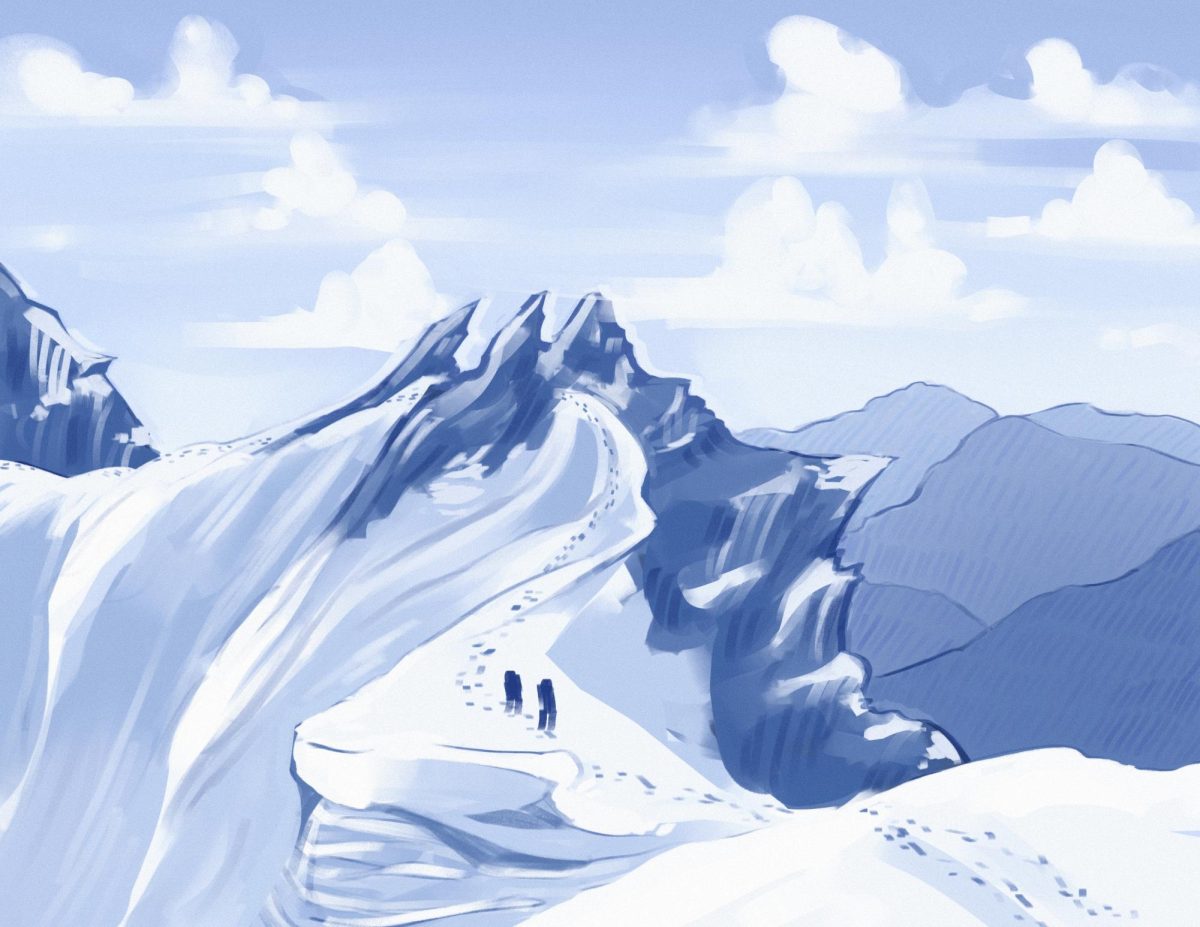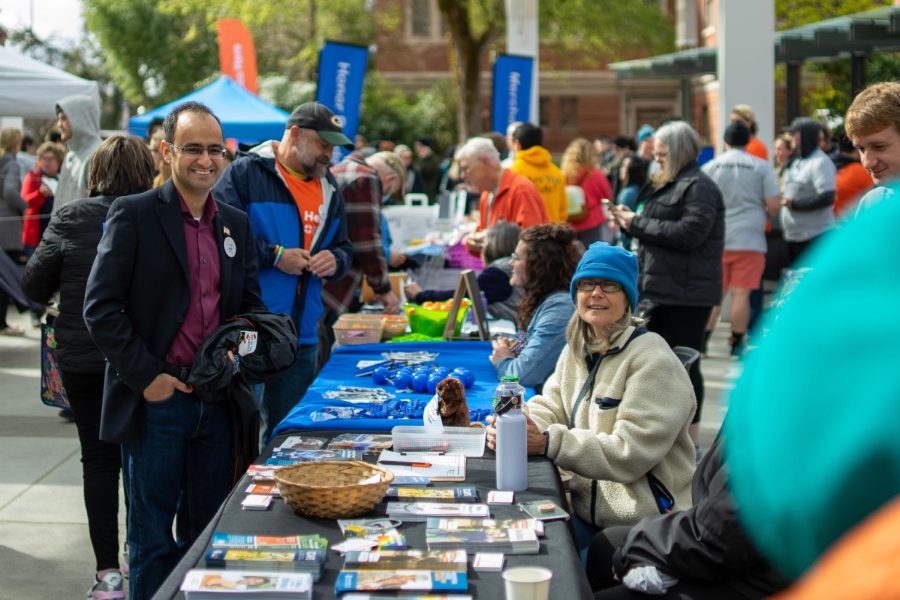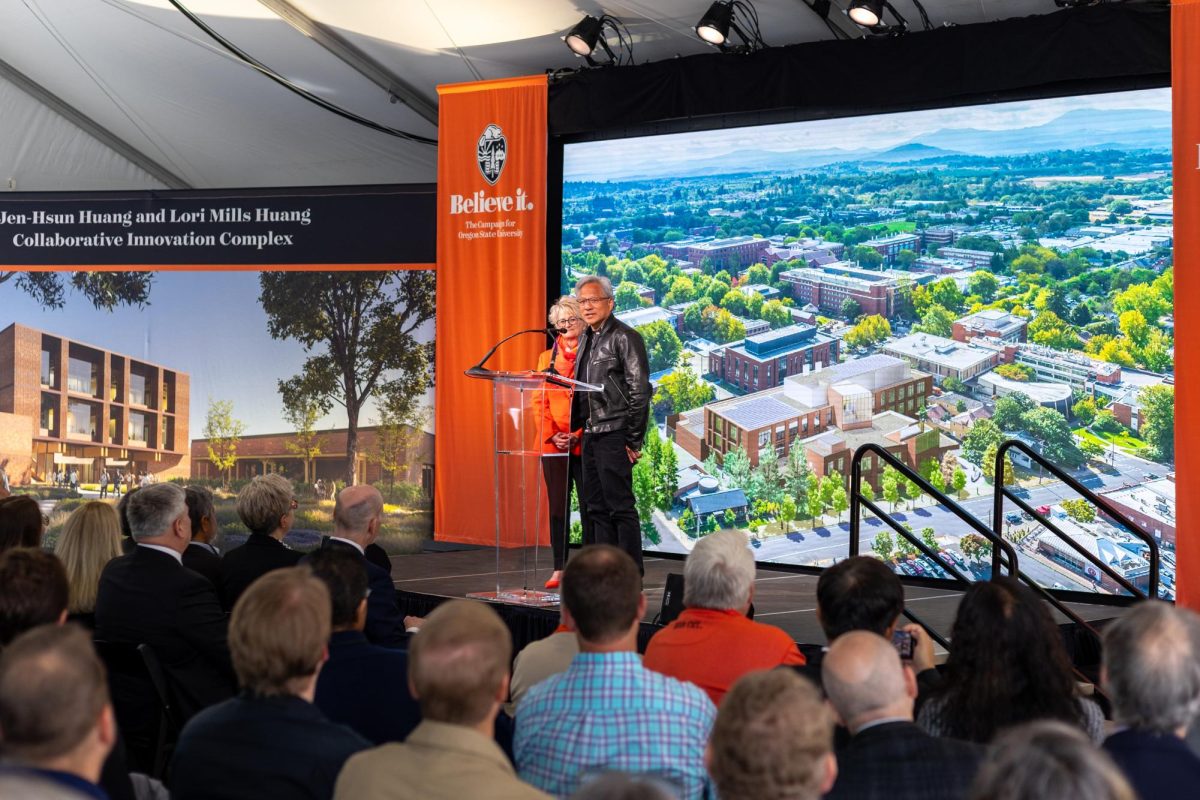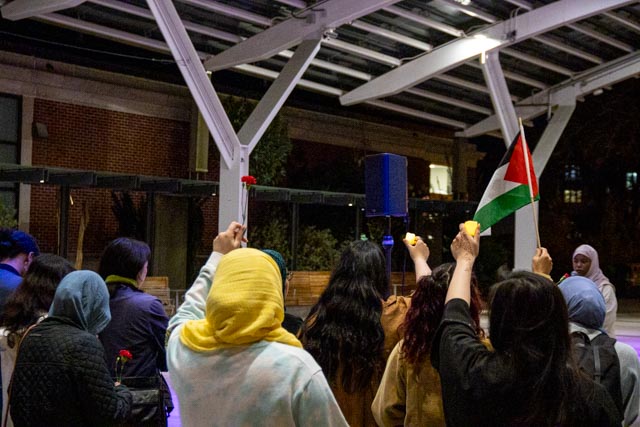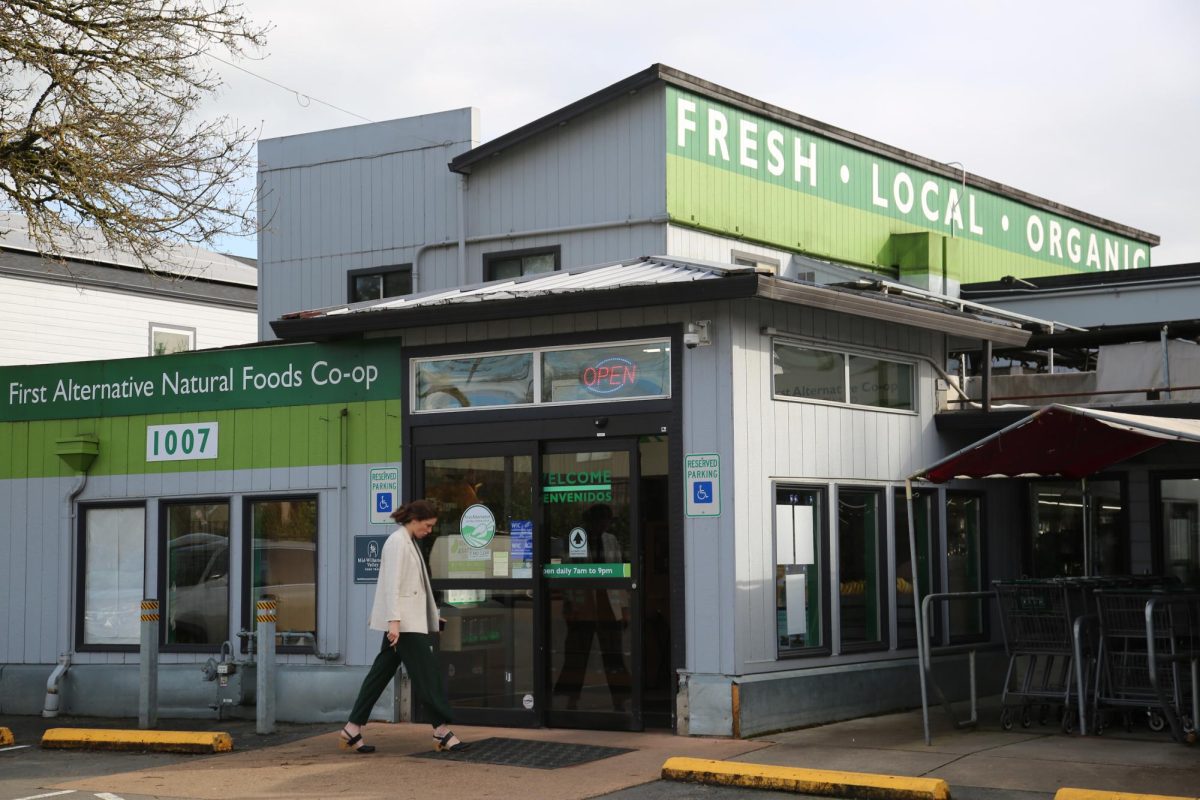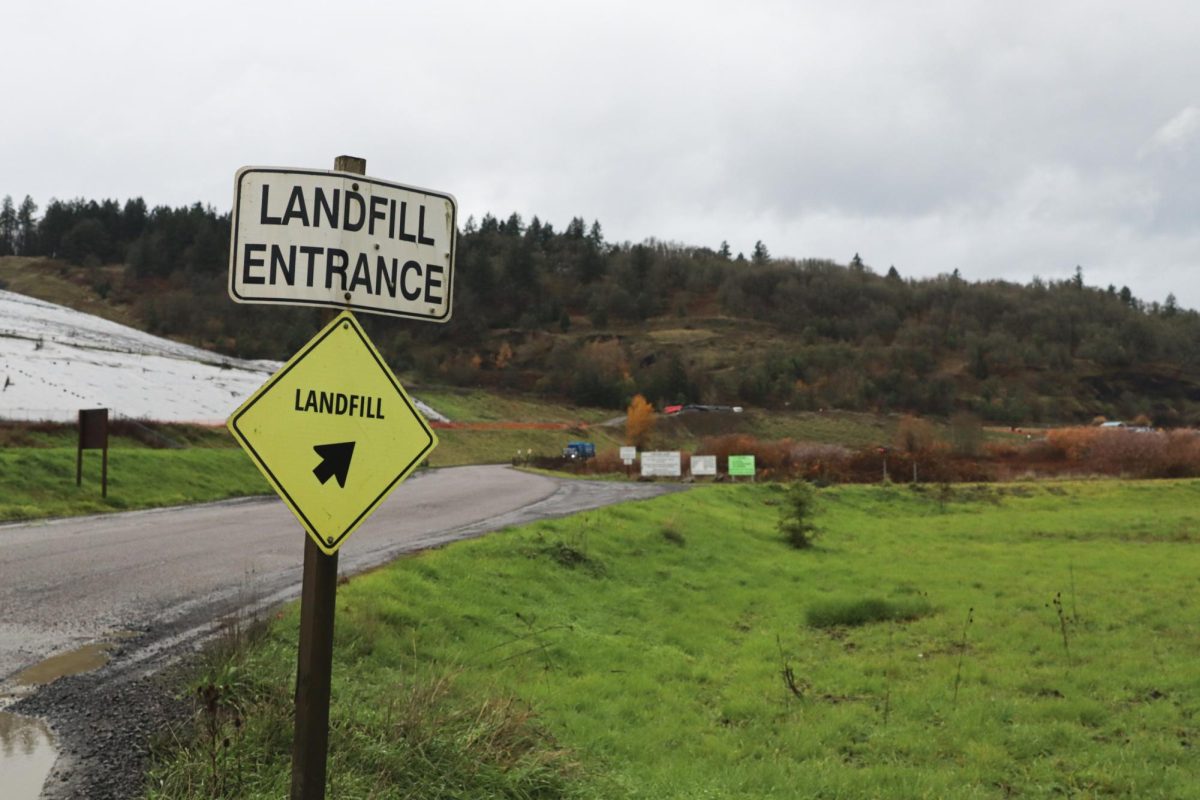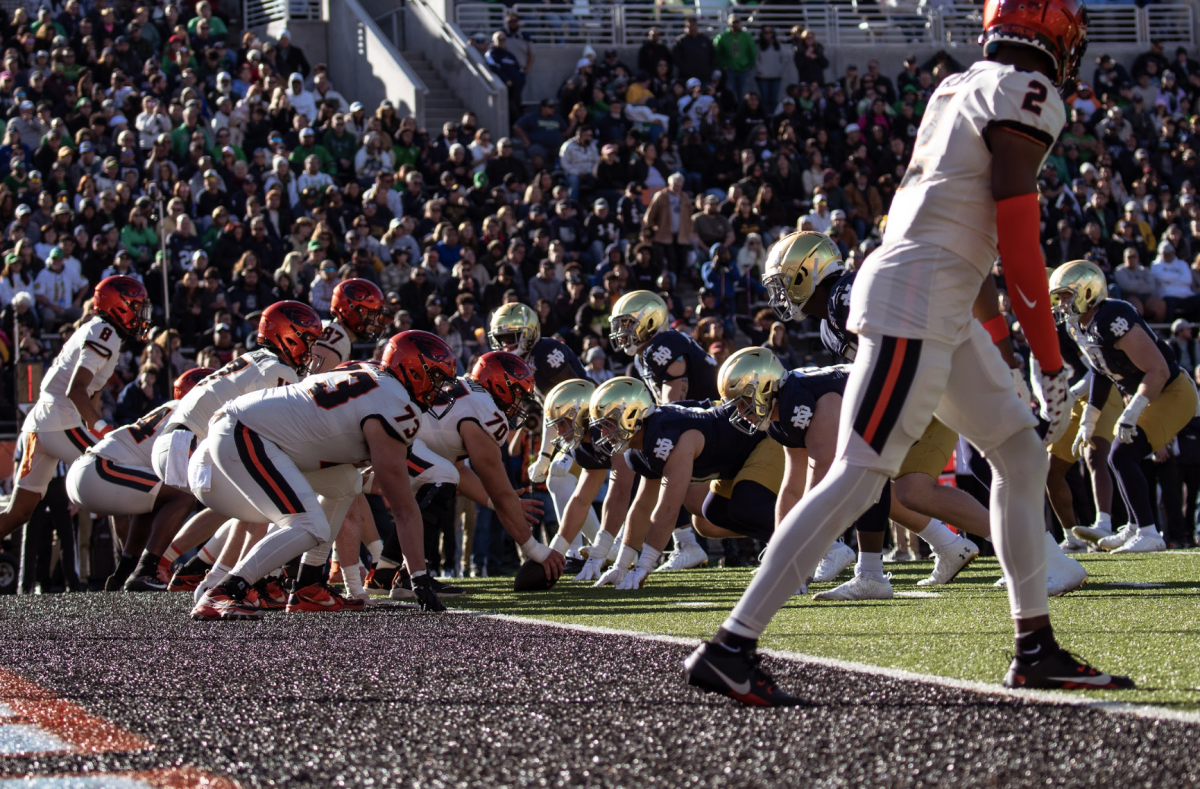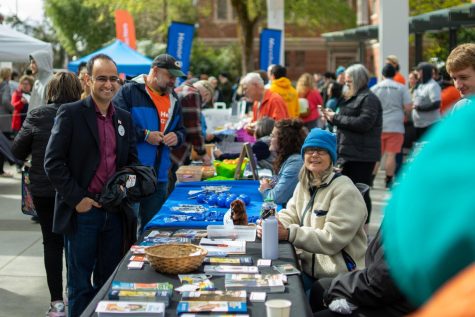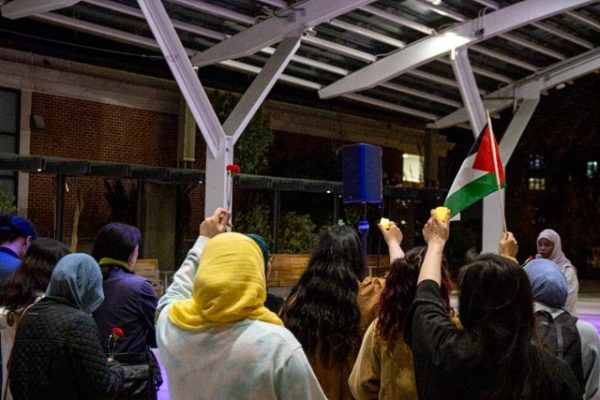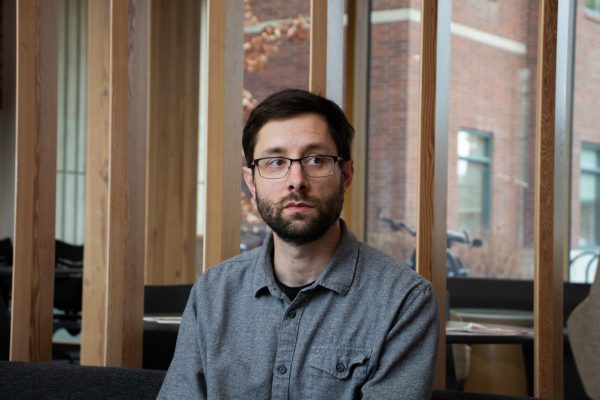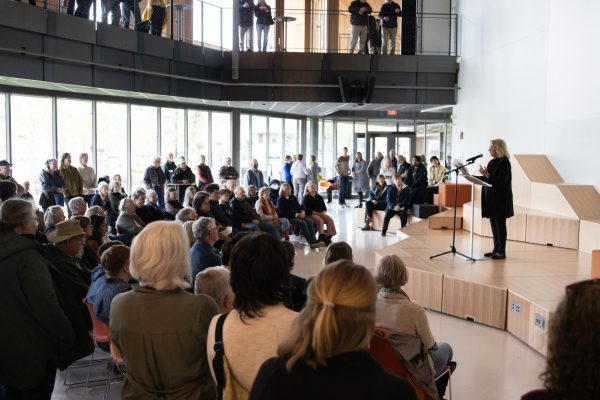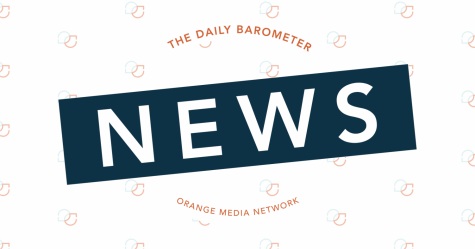Chalking changes on campus affect freedom of expression
January 9, 2017
Walking around Oregon State University’s campus, one doesn’t have to go very far to see messages chalk on the ground. Chalking has become a common way to protest and spread awareness about events at OSU, and has been used on campus for years. Steve Clark, OSU’s vice president of university relations and marketing, said people have expressed themselves with chalk since the 1970s.
“Chalk art is a form of expression,” Clark said.
Due to its popularity on campus, chalk was one of the most talked about issues the Vice Provost committee discussed while making the Freedom of Expression document. This document contains the rulings on OSU’s relationship with freedom of expression and freedom of speech, for both students and faculty.
Susie Brubaker-Cole, vice provost of student affairs and a member of the Freedom of Expression document committee, said they needed to cover chalking because it was one of the many forms of free speech expressed at OSU.
“(The Freedom of Expression document) would cover chalking just as it would cover spoken would and other forms of written speech,” Brubaker-Cole said.
Even though chalking has been a form of expression on campus for years, recently signs have been put up around the MU Quad stating, “chalk as a speech activity in the Memorial Union Quadrangle is generally admitted except: on buildings, structures, or staircases; within 6 feet of building entrances; or in spaces that have been reserved by OSU groups for OSU events.” These rules are from the MU’s new chalk document, created last summer due to incidents involving inappropriate chalk use. These signs were put up around the MU Quad by faculty so students are aware that they can still use chalk in the area but only for reasons that do not disrupt regular or authorized activities in the MU quad.
Clark believes the administration’s new boundaries regarding chalking will give students a constructive time and place to express themselves however they want with chalk.
“(Time and place rules) give people an opportunity to do counter-expression, in a civil way,” Clark said.
Professor Christopher Nichols, who hosted the Freedom of Speech panel that took place in November, said that the First Amendment protects freedom of expression and that includes using chalk on campus.
“Some chalking creates fear or hostility and that is deeply unfortunate and problematic,” Nichols said. “We simply cannot condone hate speech even if it is protected speech and cannot and must not be explicitly censored.”
One recent incident that created hostility within certain political groups was painted in front of the Valley Library entrance. The messages in question included, “not my president” and “take down patriarchy”. These were written in response to the recent presidential election.
The library staff had to call maintenance to deal with the semi-permanent words.
“It was hoped that the messages would rinse away with rain, as do most chalked messages,” Brubaker-Cole said. “But this one appears to have used something that is not as water soluble as thought.”
The Valley Library also created boundaries that include the walls and bench outside the main entrance to the library because of the words that were written on the semi circular area, according to Faye Chadwell, an OSU librarian.
“As someone who oversees one of the most heavily used public spaces on campus, I’d love for folks to refrain from chalking, painting, etc. the Valley’s front entrance or side entrance, the building’s interior and exterior walls, or furniture – even to write a positive message,” Chadwell said via email.
Oregon State does have a team who works on removing messages from the walls and floors of OSU. Charles Vail, project coordinator for OSU Facilities, said his team has had to remove a lot of graffiti on campus.
“It takes our limited time and resources away from so many worthwhile painting projects,” Vail said. “It really messes with our scheduling because graffiti, especially racial or vulgar graffiti moves to the top of our priorities and inconveniences everyone.”
With the MU quad creating its chalk document and Valley Library quad finally getting the semi-permanent writing removed, as well as creating boundaries around areas that are now off-limits to chalk, MU Quad officials and library faculty members hope to help create a safer environment for people who wish to express themselves.


